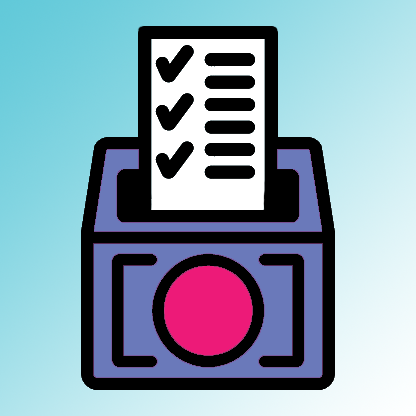“You Up?”: Texting gets political in 2020

Posted in 2020 The Gnovis Blog | Tagged communication, communication technology, politics, technology, texting
By Chelsea Sanchez
I was chased by a dog in Manassas, VA. It was 2016 and I was canvassing for Hillary for America, I knocked on a door, and a child opened it. Then a dog slipped past the child, ran to me, barked, and started running in circles around me. Cool, right? I slowly backed away, dog in orbit, when a woman came to the door and watched as I walked through the front gate and down the street to my car. Then she let the dog back in the house.
This is my long-winded way of telling you that I don’t like canvassing. I did it in 2016 and in 2018. But now that we can’t get chased by dogs (scary), or have neighbors tell us that we cannot solicit in their gated community (false), or get roasted by teenagers riding by on their bicycles (rude), I am worried. I’ve been bombarded with messages for the past six years that canvassing is THE MOST effective way to reach out to voters. So what do we do now that we can’t knock on a stranger’s door?
Phone banking has been widely used by political campaigns for quite some time. I know some people who write postcards to Democrat voters in swing states, but still the most common organizing tool I’ve come across is text banking. If you have voted in the past few years, I bet you have been receiving the same texts I have; polite requests from organizers to volunteer, or prompts asking about your voting plan. With text banking, volunteers and organizers can reach a wide number of people by simply taking a pre-written message and texting it to potential voters. It’s simple, no contact, and appealing for folks who want to help but don’t want to speak with a person over the phone.
Most importantly, text banking is effective. In 2018, Democrat campaigns sent at least 350 million text messages. Open rates for text messages from political campaigns hover between 70 and 90 percent. Volunteers can send texts in their free time, go about their day, and follow up with the people they reached out to at any time. Not only can volunteers contact a large number of potential voters, but they don’t have to sit at home glued to their cell phone to do it. Effective, remote tools for outreach is critical, particularly in this election cycle, where face to face outreach is impossible.
So text banking works, and it’s important. Cool. Now what’s the bad part? Well, the legal grounds for the use of text baking software is borderline. Basically, the Telephone Consumer Protection Act (TCPA) prevents organizations from automating their text messages. This means that a human has to actually press the send button. Political campaigns working with mass texting companies like Hustle, Open Sesame and Rumble can set up a script, but volunteers and organizers need to physically push the send button for the process to be legal. In an email to Slate, Margot Saunders, senior counsel at the National Consumer Law Center notes, “The described activity sounds like a deliberate evasion of the statute.” If others agree with Saunders, and there is pushback against this method of mass texting, campaigns may need to rethink their texting strategy.
Despite the risks involved in text banking, remote asynchronous outreach is here for now. Text messaging for political campaigns may offer unforeseen benefits. Texting is the most common communication tool for teenagers. Furthermore, fewer than half of people aged 18-29 vote in the United States. While low voter turnout among young people is due to a variety of factors, getting them the information they need through a medium they actually use and respond to might be a helpful first step. The ongoing global pandemic has forced all of us, political operatives included, to adapt. Maybe this adaptation will do us well.
